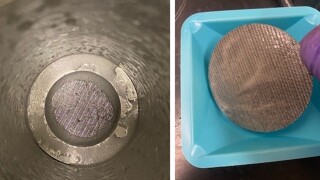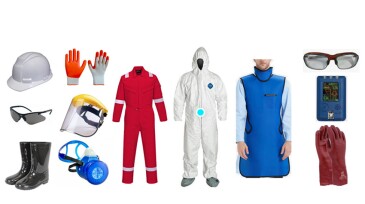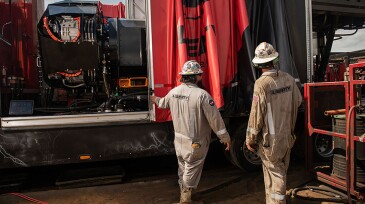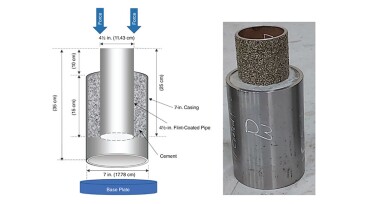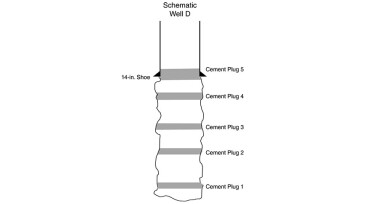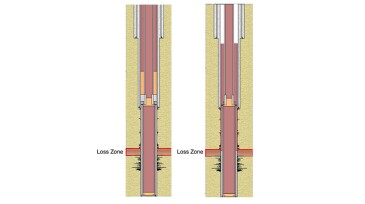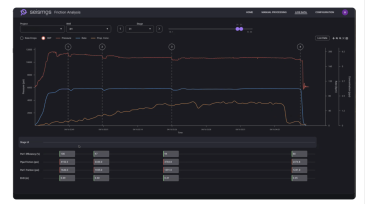Completions
Ranger acquires American Well Services for $90.5 million, adding 39 workover rigs and boosting its fleet by 25%.
In this third work in a series, the authors conduct transfer-learning validation with a robust real-field data set for hydraulic fracturing design.
This paper describes development of a high-temperature water-based reservoir drill-in fluid using a novel synthetic polymer and customized with optimal chemical concentrations and sized calcium carbonate.
-
This paper describes a case history in the UAE in which the cleanout of scale contaminated with naturally occurring radioactive material was conducted successfully.
-
The Texas Railroad Commission has tightened its guidelines on the permitting of disposal wells in the Permian Basin.
-
US shale producers have stepped up their use of simultaneous fracturing techniques to cut costs and accelerate well delivery.
-
Natural gas-powered electric fleets look to pave the way for the next generation of power generation.
-
Field examples from the Bakken Shale and Permian Basin illustrate the benefits of deploying polymer-coated and uncoated scale inhibitors in unconventional wells.
-
SLB is introducing a new electric well-control system to replace larger conventional, fluid‑controlled hydraulic equipment.
-
This paper addresses the deployment of an external protective coating with a rough surface profile in wells identified as susceptible to common cementing issues.
-
This paper provides examples for planning and execution of primary and remedial managed pressure cementing in deepwater drilling operations.
-
This paper presents a lost-circulation model used during design and job-evaluation phases to accurately predict top of cement and equivalent circulating densities.
-
SponsoredAs operators strive to increase production under tighter budgets, traditional downhole diagnostics are falling short—too costly, complex, and time-consuming. Seismos Acoustic Friction Analysis (SAFA) offers a smarter, surface-based alternative. This white paper explores how SAFA enables real-time treatment optimization, better fracture performance, and substantial cos…



